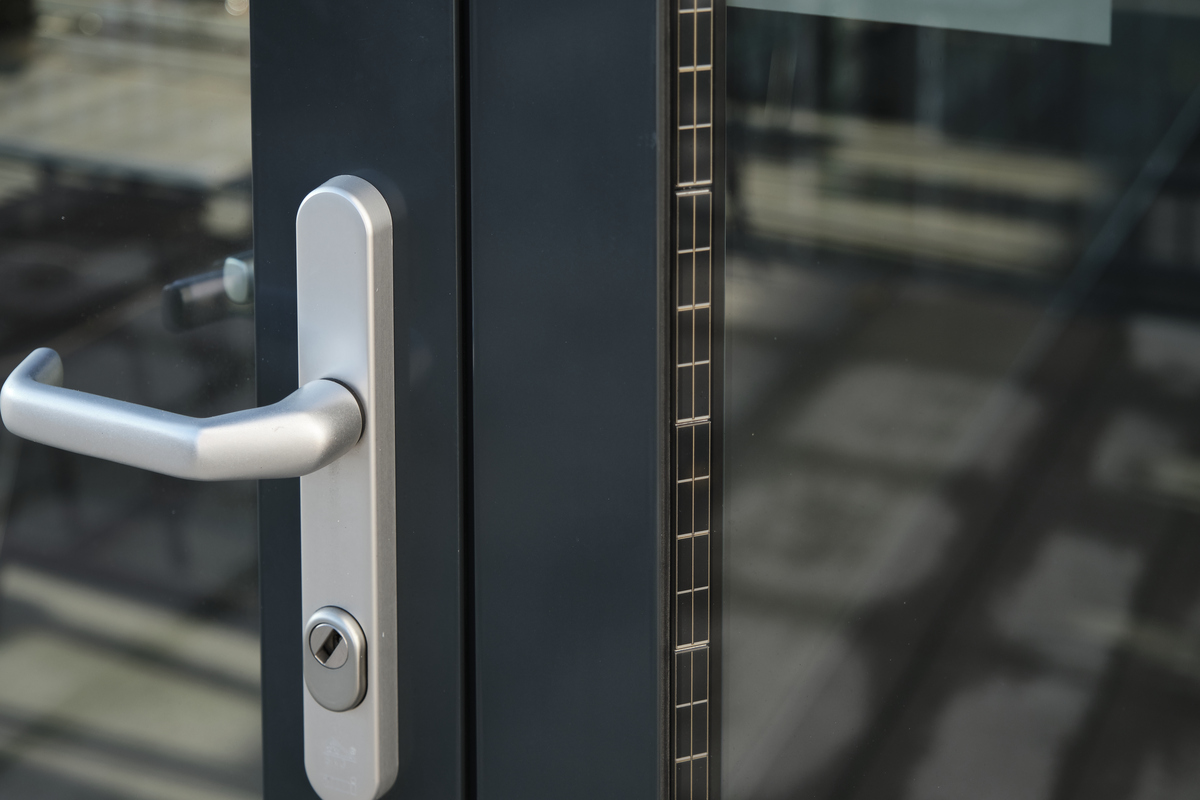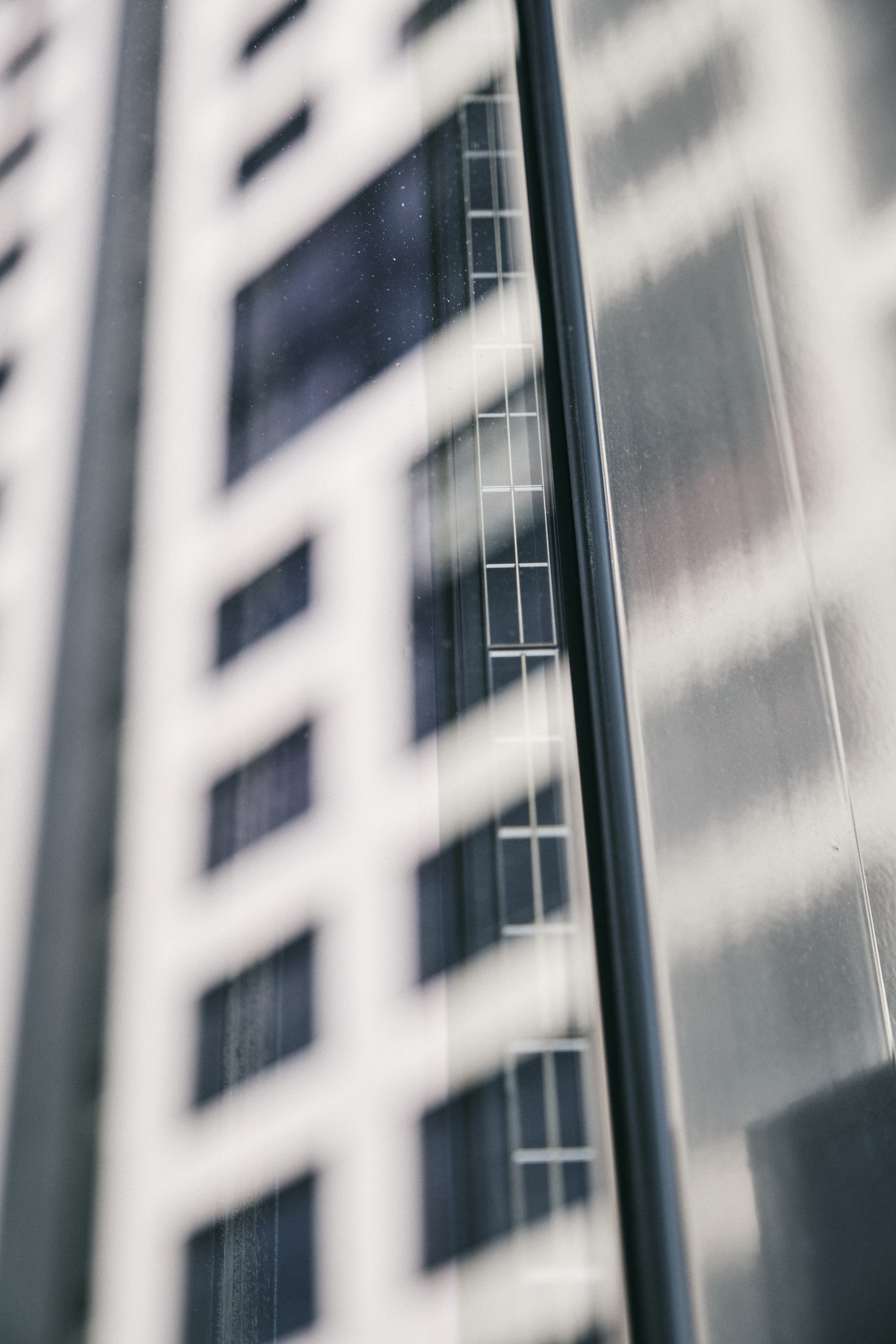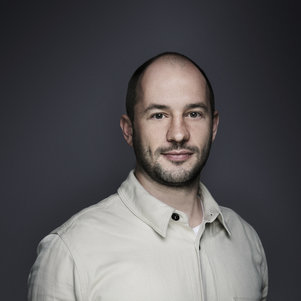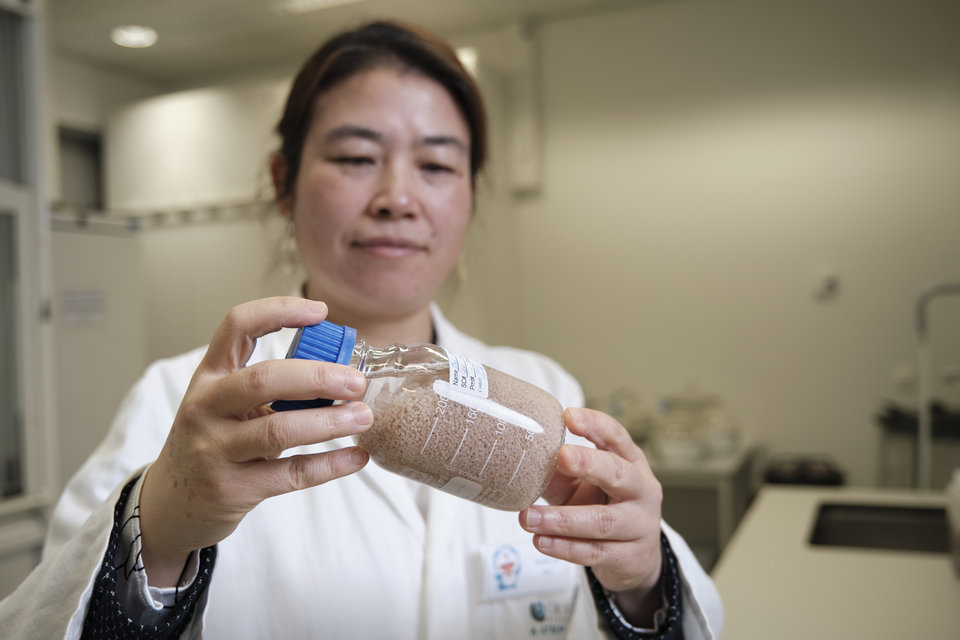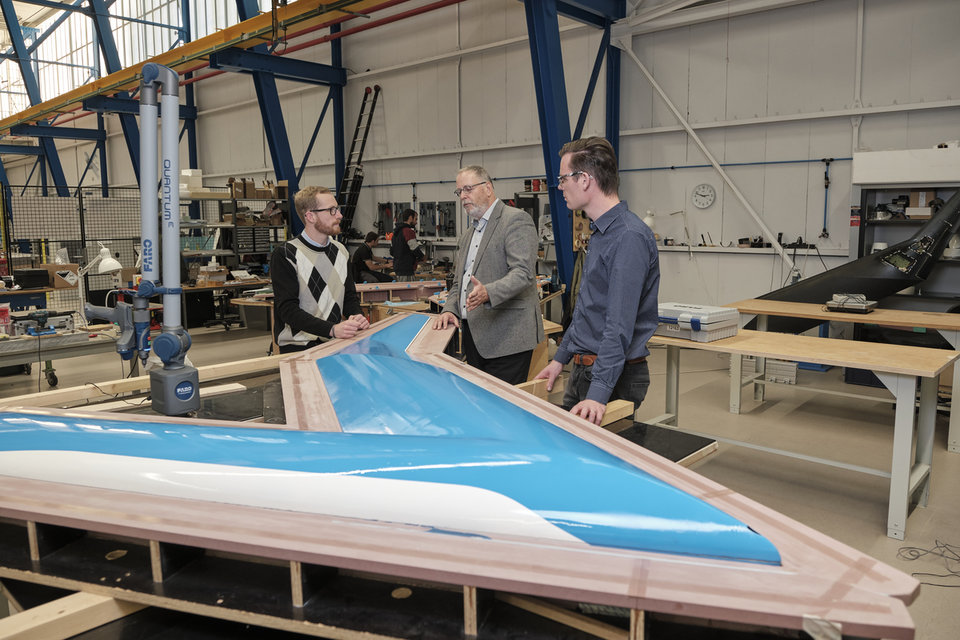Grapperhaus tells us about the point, about five years ago, that his career took a significant turn. “I was actually about to specialise in quantum mechanics”, he says. “In 2014 I was studying Applied Physics at TU Delft. I thought the course was great, but realised that I was more of a generalist than a die-hard techie. I wanted to delve into quantum mechanics, but that was mainly because of the philosophical implications. And I was also already interested in the social impact of technology.”
Coatings
“I was intending to graduate in Sweden when I spoke to Willem Kesteloo, my fellow student at the time, and current business partner. He was graduating at the Reactor Institute Delft under Erik van der Kolk – a key figure in my story. Willem was brimming with enthusiasm, not least because of the leeway van der Kolk gave him as a graduating student. Kesteloo was working on luminescent coatings, including for windows. These basically make it possible to generate electricity in a window by directing light to the edges of the window, where solar cells can be installed. Obviously, the glass would remain transparent.”
“This had already been thought of in the 1970s, but no efficient coating was available back then. The absorbed energy was reabsorbed rather quickly by the material itself due to the specific characteristics of the coating.” “By adjusting the material that problem had now been solved! Self-absorption had been eliminated. We immediately understood that this could be a ground-breaking idea: having windows generate energy! After graduating together, Willem and I took a long, hard look at each other. We spent a week in the desert, and then decided to devote a year to working out the idea, starting with a patent application. That’s how our company, PHYSEE, was born.”
Unique location
“We opted to dive in at the deep end. And it was deep, indeed. Everything proved a bit of a challenge in practice. The glass industry was not exactly ready to welcome such a radical idea with open arms. The glass industry and the construction sector tend to be quite conservative, and the coatings moreover would be rather expensive initially. So we encountered resistance, and saw ourselves facing a lengthy R&D process.”
“Discovering a way to easily integrate solar cells into the edges of windows was a major breakthrough. These cells only use sunlight that falls directly onto them – in a departure from the original concept. OVG Real Estate was our first customer. And then one thing then led to another. We became increasingly aware of the façade and windows as unique places in a building. It occurred to us that windows would be excellent places in which to integrate sensors to gather information about energy flows, light incidence, temperature and air quality, for example. Effective use of this kind of data can lead to huge energy gains. You see, people are not very good at regulating light incidence in a building. For instance, they are often not quite quick enough to close the shutters or open the windows. An intelligent system can do that much better.”
“SmartSkin is our name for the concept of windows that incorporate solar cells in the edges and sensors that help to regulate the energy flow. We think it should be the norm for all windows in a building to provide energy and information. We have already sold 7,000 m² of these windows, but I feel that things are still progressing a bit slowly.”
Culture
As stated before, SmartSkin – currently PHYSEE’s main focus point – is slightly different from the initial concept of five years ago. “We are continuing to successfully develop the original idea, but new ideas keep arising. For example, one of our researchers has discovered a coating that converts UV light into visible light. That could perhaps prove useful in greenhouses, where plants need visible light, not UV light. Our calculations suggest that the plants could show an additional 8% in growth.”
In any case, PHYSEE has now become a flourishing company that employs around 35 to 40 people. “Apart from a business partner, Willem has now become my best mate. We are continuously growing and evolving. I think that’s mainly been possible thanks to our open culture, as reflected for example in the brainstorming sessions we hold every Friday. And apart from that, learning by doing is essential for us. Technical universities such as TU Delft should always create plenty of space for that.”
Arena
Ferdinand Grapperhaus’s strongest motive is to develop and apply sustainable technology. He explains that 40% of total energy consumption takes place within buildings.
“It would be wonderful if we could reduce that using SmartSkin.” However, sustainable technology does not really seem to be taking off yet, particularly from a global perspective. “In China, for example, they are adding coal-fired power stations almost daily, and that worries me. I’m naturally optimistic, though, and I have three reasons to stay optimistic in this regard. First, millennials, as the largest consumer group, will become increasingly influential in the world. This generation, which I also belong to, is much more aware of the importance of sustainability than previous generations. Second, I have every faith in the possibilities of technology. Third, there is the exponential effect. Exponential processes start very slowly but then, all of a sudden, the full effect is evident. I sometimes cite the Arena as an example. If that stadium were to fill up with raindrops, with the number of drops doubling every second, starting with one drop, how quickly do you think the stadium would be flooded? It would take 55 seconds. And more importantly, you would hardly even notice anything until the 47th or 48th second. The stadium would suddenly be inundated in the last couple of seconds. I assume that we are in a start-up period with regard to sustainable technology, but that it will suddenly take off with tremendous speed soon.”
GESTE
“I have not yet mentioned one of the most exciting things I am working on. PHYSEE is also involved in GESTE (Green Energy Smart Technology Education). Last summer, we organised this project to occupy primary school students (aged 10 to 12) during the summer holidays and to teach them that innovation, research and technology do not have to be stuffy and boring at all. We gave them information about sustainable technology and showed them around our labs. They then formed groups and got to work, and were required to pitch their ideas at the end of the week. It was so refreshing for me to see those children working together and coming up with creative ideas on sustainable technology.”
“And this was all the more valuable because it was a cooperation between the municipality of Delft, TU Delft and TNO. Everything went very smoothly, too, which is by no means always the case, to be perfectly honest. So we will certainly be expanding. We are going to establish a Foundation so as to separate GESTE from the company PHYSEE, and will be approaching technology companies in Delft. Next summer will therefore see a new and hopefully even bigger edition of GESTE.”
“We want everyone to be involved in innovation, whether they be old or young, male or female, Dutch or of other nationalities. It is vital to determine together what our future will look like, and that’s why we, as a new company just starting up, believe it is so important to prepare the next generation for this.”

